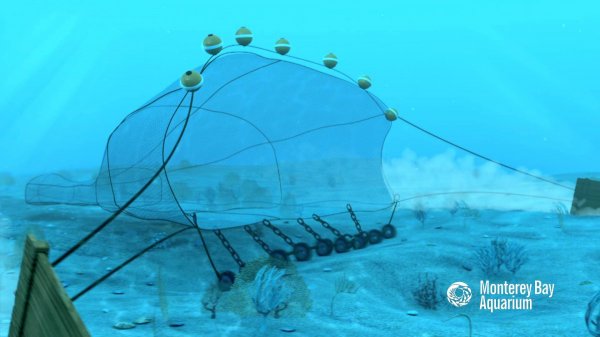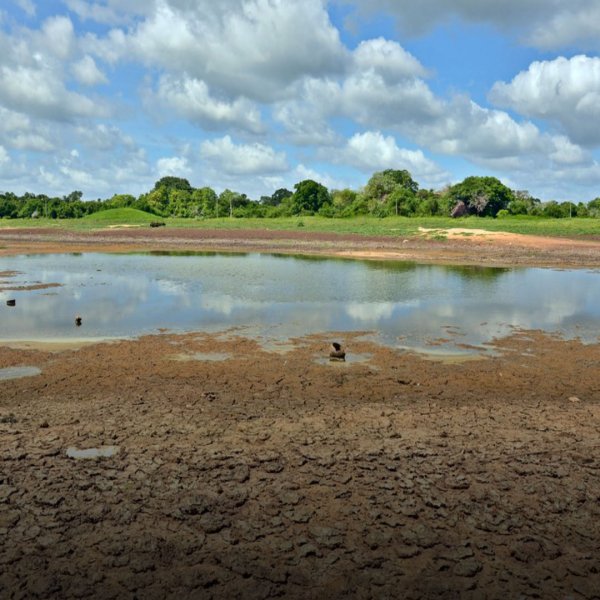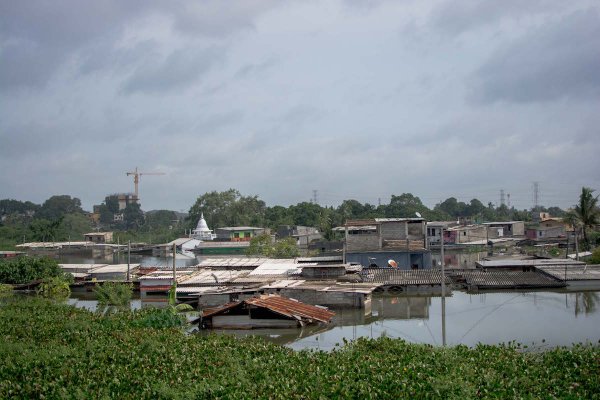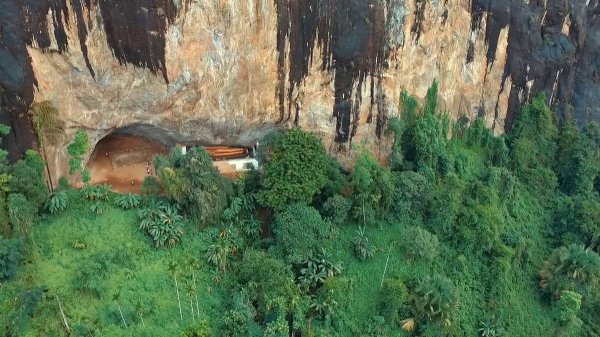
The year is 1996. Sri Lanka has just won the Cricket World Cup. However, the country is in the midst of a civil conflict, and the LTTE has launched a series of attacks — violence around the country intensifies. A family of five based in Muttur, a village in the east, are among thousands of others who are caught in the crosshairs of this conflict. They are a respected family, left alone for the most part because of their close ties to the kovil: the menfolk sculpt deities and have built one of the major kovils in the area. However, with violence escalating and incidents of forced conscription on the rise, Sabapathy Sivasothilingam, the head of the family, decides to uproot and move somewhere safer. They pick Trincomalee, a quiet town a few hours north of their old home. There is enough work there — temples don’t run out of worshippers, and sculptors are always welcome. Especially sculptors whose work is inimitable, and who create each piece by hand, from scratch.

Photo credit: Roar Media/Aisha Nazim
It is now 2018, turning 2019. Life is comparatively calmer for Sivasothilingam (56), an award-winning sculptor who has carved a niche for himself in Trincomalee.
He has also earned the honorific of stapathi — loosely translated to temple architect. Stapathis are held in high esteem for the work they do, and are considered to be a community of celestial architects who build palaces for the gods. A hereditary craft practised widely across Tamil Nadu, temple carving also spread to Sri Lanka, doubtless a legacy of the island’s Chola and Hindu influence. Stapathis in the East and North East are revered as much as their counterparts in the subcontinent.
To get a closer glimpse into his trade, we stayed over at Sivasothilingam’s residence, a modest, single-storeyed house, leading to his workshop behind it.
After breakfast and morning tea, we make our way to the workshop, a large space cluttered with giant buckets of water, with solid, lumpy bits of a tar-like substance floating in them. We are told it’s beeswax: one of the core components of sculpting, and what forms the base of the mould. Sivasothilingam has around four to five men—all related to him—under his employ. The one who is assisting him today is Senthuran, a distant cousin who is learning the art.
Senthuran fires up a small furnace in the area, and heats a chunk of beeswax held at the end of tongs. The workshop becomes warmer: beads of sweat start forming on everyone’s brows, especially on the apprentice and the craftsman seated next to the furnace.
As we wait, Sivasothilingam’s youngest son, Jathursanan (25), provides a running commentary on the process. He tells us how his father makes a unique mould for each individual statue, never using the same mould twice because each piece has to be unique. This was one of the reasons temples have continued to commission him, as no two statues are the same.
“My father’s work is a favourite among temple custodians,” Jathursanan says. “They like the faces, and the expressions. You don’t get these in mass-made statues.”
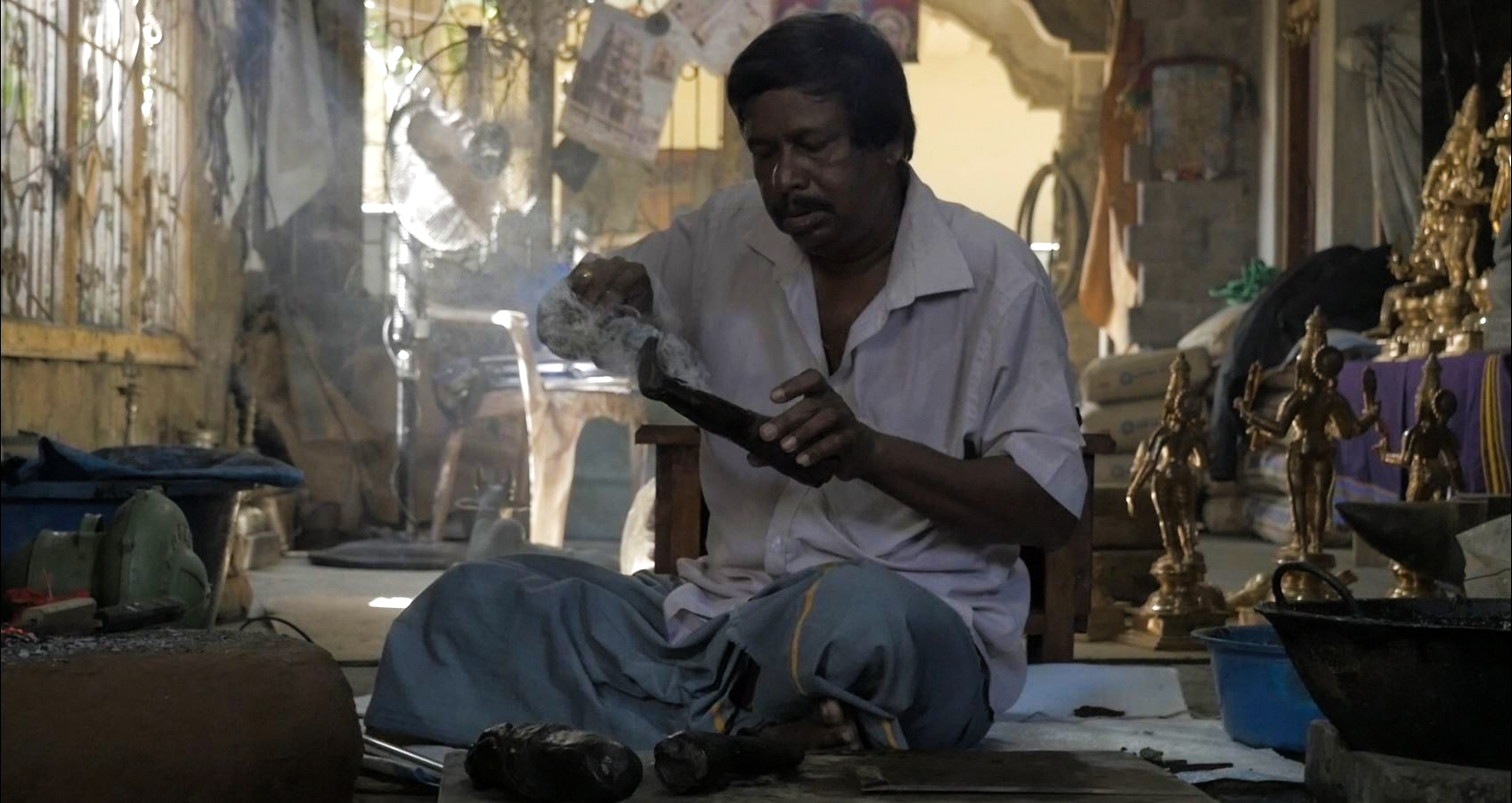
Image credit: Roar Media/Isuru Suharshana
Once the beeswax is warm enough, Senthuran passes it over to the stapathi, who swiftly shapes it into a dummy. More beeswax is heated, then rolled on the makeshift wooden surface, to be shaped into arms, heads, legs, and crowns. A man of very few words, Sivasothilingam deftly heats a small iron rod to fuse the limbs together: the wax sizzles as he smoothens elbows and gives the figure a firmer, more polished shape.
“I’ve been doing this for 38 years now,” he said, quietly. “We started out in Muttur, and I picked it up from my father and started on this when I was 19.”
Shaping the wax into a two-feet-tall figure barely takes him two hours. By the end of it, he has a god. Over the next three days, weather permitting, the wax will be coated in three types of clay— one type on each day—and left to dry in the sun. The craftsman creates a small funnel at the bottom of the figure as well.
Jathursanan explains the process from there on. He tells us how the clay-coated figures are dried out on a metal grill, and once the triple-coating is complete, the metal work begins.
“Once it has dried well, the figure is laid out on a slanted grill, and a fire is lit under it. Then, the wax begins to melt and it drips out of the funnel into a pot below it. This catches the wax, and once all the wax empties out, we’re left with a thick, clay mould,” Jathursanan explained.
This process takes about two hours, after which hot metal—a mixture made using a combination of five minerals, including lead and copper to get the required shade — is poured into the clay cast and left to set overnight.
Once the metals have solidified, Sivasothilingam cracks the clay casing open. The last, and most time-consuming part, comes next.
“Carving in the details and then polishing it takes up about 70% of the process,” Sivasothilingam tells us.
He has an assortment of carving chisels and gouges which he uses to detail hair, facial features, nails, and more. The tools were passed down from his father, and also include bits of horn for smoothening wood sculptures.
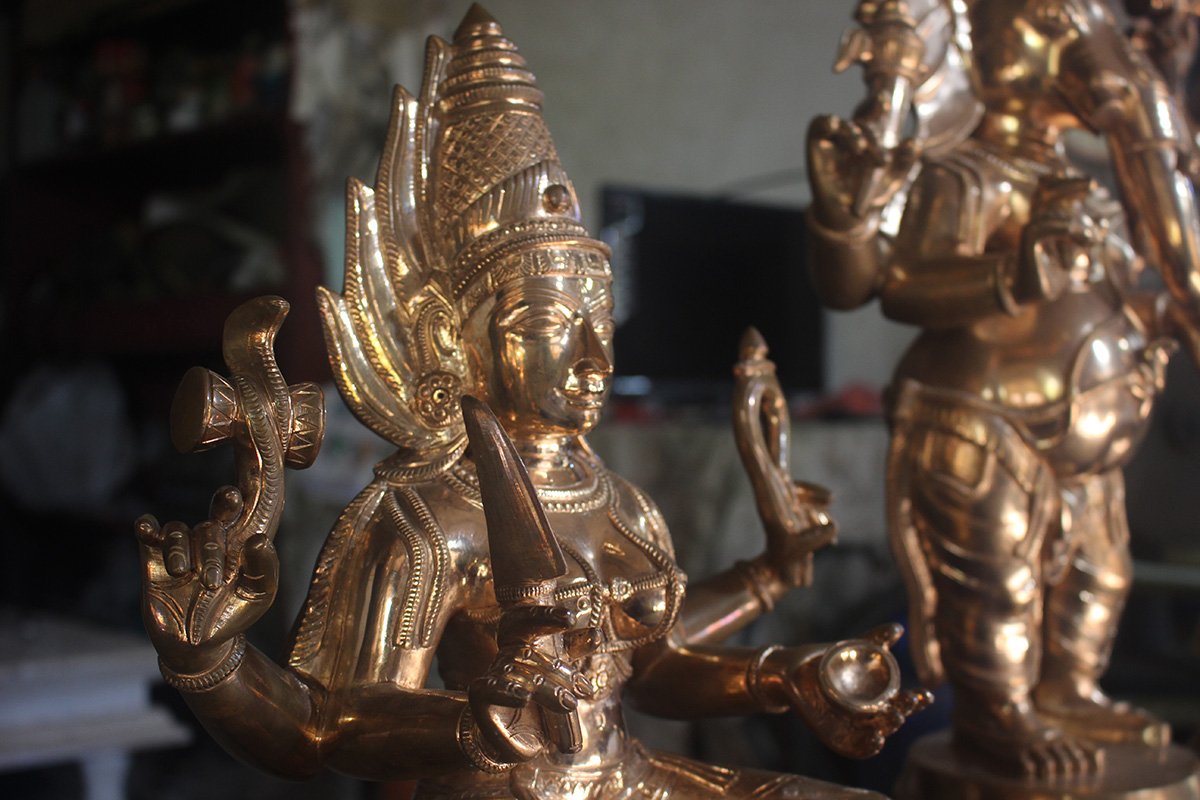
Photo credit: Roar Media/Aisha Nazim
What sets Sivasothilingam apart from other craftsman is that he specialises in handcrafted metal-casting. We learn that there are several other craftsmen across the country, but he is the only one to do so in the whole of Trincomalee. Add to that, word of mouth has helped make the business transatlantic — he gets commissions from kovils across the world, from Canada to Switzerland, Belgium, Australia, Singapore, and even Malaysia.
He and Jathursanan collectively remember their most memorable piece.
“It was a thousand kilos!” the son laughed “We had a terrible time trying to load it into the van and transport it to Colombo. You should have seen how the tyres sunk down.”
Sivasothilingam tells us that the piece, a five-feet-tall statue of the Hindu deity Kaliamma riding a lion, took about a year to make. “The finishing bits took the most time,” he reiterated.
Nine years later, the statue still sits in the Mayurapathi Kovil in Wellawatta.
Despite his 56 years, the stapathi has no intention of stopping just yet.
“It’s [a legacy] from my father,” he said. “And, I like it too.”
To take the family business further, Jathursanan plans to eventually move back to Trincomalee and handle the administrative side of the business. The family also intends to hire another bronze sculptor, but for now Jathu—who learnt it first from his father and then took on 3D modelling in college—will do what is needed.

